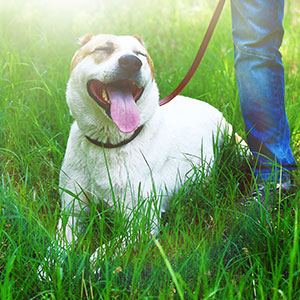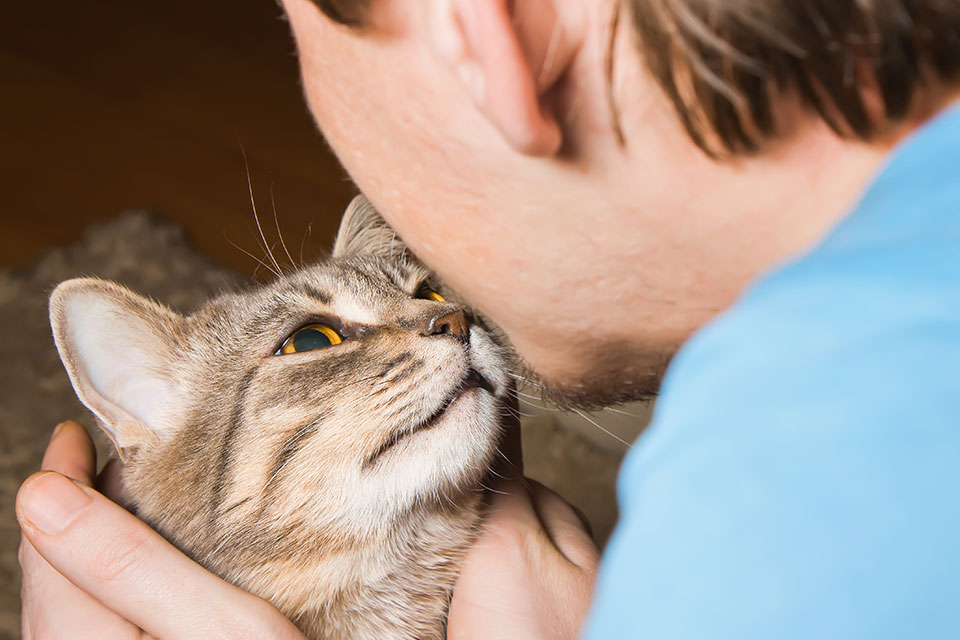

Anesthesia and Patient Monitoring
Making sure our patients remain safe during surgery and other medical procedures is extremely important to us. Our team of veterinarians and veterinary technicians is skilled in using anesthesia and monitoring patients to ensure their safety and provide the most comfortable experience. Anesthesia and patient monitoring vary greatly from clinic to clinic. You can be confident that we use the most effective and up-to-date protocols. The type of anesthesia we use depends on the procedure. Some require general anesthesia, while others may only call for local anesthesia. We also closely monitor every procedure, regardless of whether it’s routine or more advanced. For more specific information on our protocols, please see the individual descriptions or contact us with any questions.
ECG by CardioPet
An electrocardiogram is a study of your pets electrical waves of the heart. It is used to find irregular heart beats called arrhythmias. The readings are sent directly to a cardiologist who studies them and reports the abnormalities to the doctors at Aberdeen Veterinary Clinic for further care.
![anesthesia-s3-img1-600x667[1]](https://aberdeenveterinaryclinic.com/wp-content/uploads/2025/05/anesthesia-s3-img1-600x6671-1.jpg)
![anesthesia-s3-img2-600x667[1]](https://aberdeenveterinaryclinic.com/wp-content/uploads/2025/05/anesthesia-s3-img2-600x6671-1.jpg)
Patient Monitoring
We monitor our patients closely to keep them as safe as possible during procedures that require general anesthesia. A veterinary technician will continually assess your pet’s heart and respiratory rate, blood pressure, and other vital signs to help prevent any anesthetic risk.
Please feel free to ask us about our patient monitoring protocol or any concerns you might have about your pet’s procedure. We’d be happy to discuss these matters in more detail.
General Anesthesia
For some procedures, your pet will need to be administered general anesthesia so that he or she will be unconscious and not feel pain. Many pet owners worry about their pets being administered general anesthesia. We can assure you that modern anesthesia is generally quite safe; to further lower any risk, we perform a physical examination and run blood work ahead of time to catch any underlying health issues. In addition, we follow a specific anesthetic protocol, including monitoring vital signs during the procedure, to ensure the safety of our patients.
![anesthesia-s4-img1-600x667[1]](https://aberdeenveterinaryclinic.com/wp-content/uploads/2025/05/anesthesia-s4-img1-600x6671-1.jpg)
![anesthesia-s4-img2-600x667[1]](https://aberdeenveterinaryclinic.com/wp-content/uploads/2025/05/anesthesia-s4-img2-600x6671-1.jpg)

Local Anesthesia
If your pet is having a minor surgical or diagnostic procedure performed, we sometimes use a local anesthetic to help control pain. For example, when we perform a biopsy (in which a small portion of tissue is surgically removed so it can be examined), we often use a local anesthetic. Local anesthetics cause a loss of sensation in the area where the procedure is being performed. We sometimes use a sedative and/or anxiolytic (anti-anxiety medication) in combination with the local anesthetic to keep pets calm during a procedure.
Please contact us if you have any questions or concerns about your pet receiving local anesthesia or about the procedure for which your pet is scheduled.
